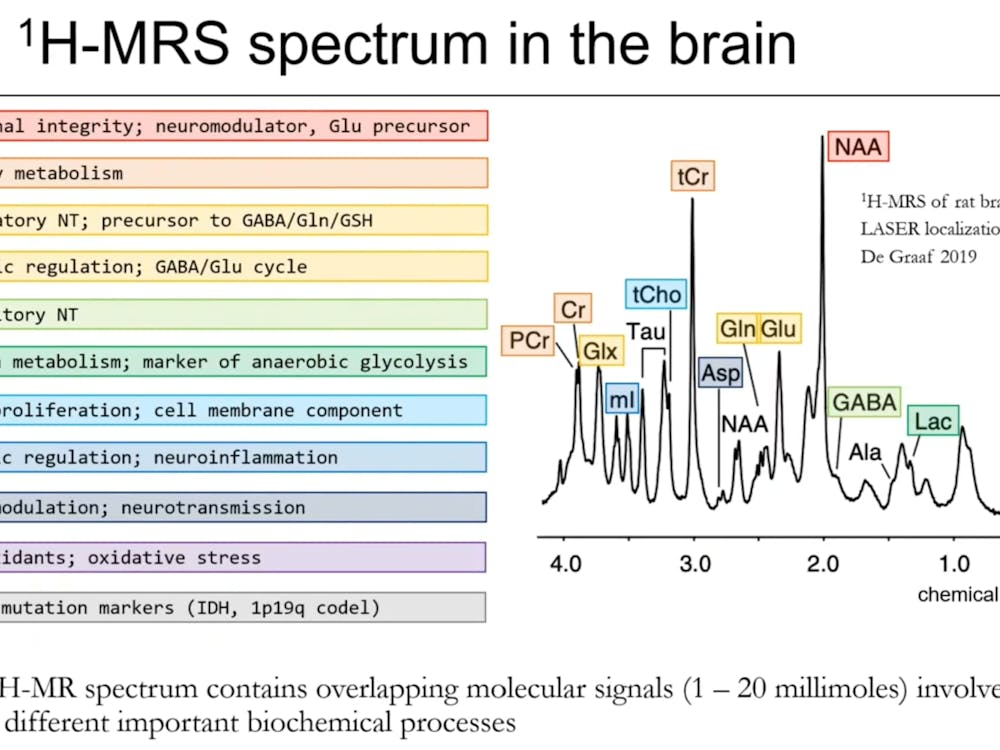The Great Barrier Reef, which sprawls 1,430 miles along Australia’s east coast, is the largest living organism on the planet. It is also one of the most intricate natural ecosystems in the world, home to 600 species of corals, 3,000 types of mollusks, 1,625 varieties of fish and more than 30 species of marine mammals.
Despite its irreplaceability as a haven of marine life and its lucrative value as a popular tourist attraction, the reef has sustained damages to its network of reefs and coral islands; they have lost about half of their coral cover in the past 30 years due to a number of environmental challenges. Currently, the Great Barrier Reef faces the immediate danger of three million cubic meters of dredged soil being dumped only 15 miles away as a result of entrepreneurial efforts to expand the Abbot Point port as a major coal export center.
To expand the Abbot Point port, sediment will need to be removed from the surrounding sea area by a form of excavation called dredging. The displaced sediment, the dredge spoil, would be disposed of offshore, but the proximity of the Great Barrier Reef has created a controversy.
The developers of the Abbot Point expansion project — Adani Enterprises of India, GVK Hancock and the North Queensland Bulk Ports Corporation — seek to facilitate coal projects by creating two terminals at Abbot Point for the annual shipment of potentially up to 120 million tons of coal from the port. These coal development projects would profit 28 billion Australian dollars (US $26 billion), prompting economic rejuvenation of Queensland and providing much-needed jobs.
Formerly, the Queensland government, acknowledging the economic advantages of the Abbot Point expansion project, had espoused the coal operation project in its entirety, granting a permit for the North Queensland Bulk Ports Corporation to dump the dredged mud and sand offshore into the Great Barrier Reef Marine Park. However, The Australian Financial Review reported on Sept. 2 that following an outcry by environmental campaigners, the Queensland government is considering a modified plan to have the dredge spoils be disposed of on land instead.
As ports have to undergo dredging for their maintenance, the production of such waste is inevitable. According to the new proposal promoted by Deputy Premier of Queensland Jeff Seeney, the dredge waste from operational ports along the Queensland coast as well as that expected to be produced from the reconstructed Abbot Point port would no longer be jettisoned into the sea. Instead, the waste may be used for landfills, possibly for the creation of man-made wetland areas. The Queensland government, under the direction of the premier Campbell Newman, is expected to approve this onshore solution to the dredging problem, despite the increased cost of the management of onshore disposal.
The developers of the Abbot Point expansion project released a statement expressing their willingness to continue their operations with the dredged spoils being deposited on land. However, Australian Environment Minister Greg Hunt has yet to confirm receipt of official documentation from the developers regarding this change of dumping site, and there is a additional concern for the dredged material’s environmental impact on land.
Should the proposal be officially sanctioned by all involved parties, the pollution of the Great Barrier Reef would be significantly decreased. Currently, as the specifications of the resolution are being deliberated, the Great Barrier Reef is still threatened by the pollution caused by port maintenance and expansion.




